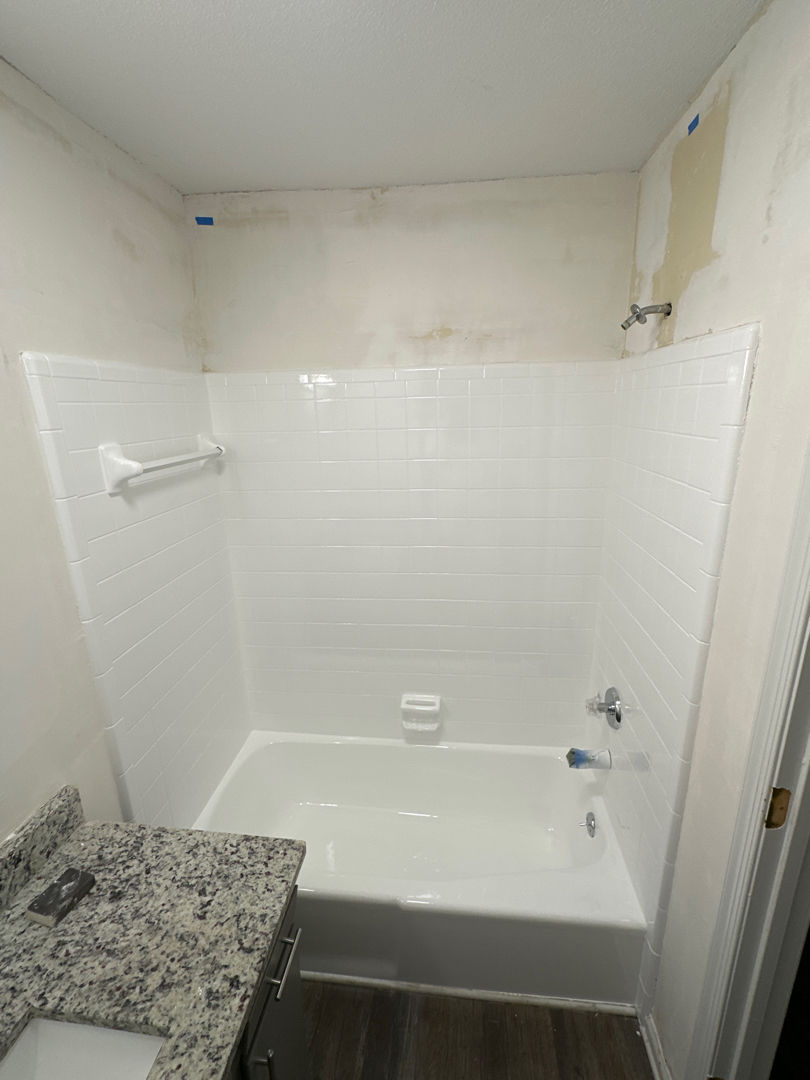How to Revitalize Your Kitchen with Cabinet Refinishing
- Leading Lynx

- Jun 15
- 4 min read
Is your kitchen starting to look tired and outdated? Cabinet refinishing could be the perfect solution to breathe new life into your cooking space without the hefty price tag of a full remodel. With this cost-effective option, you can transform your cabinets into a stylish focal point, enhancing both the aesthetics and functionality of your kitchen. Let's explore the ins and outs of cabinet refinishing, including the benefits, key steps, and tips to ensure a successful project.
Understanding Cabinet Refinishing
Cabinet refinishing involves restoring the surface of your cabinets rather than replacing them. This process typically includes sanding, painting or staining, and applying a protective finish. Refinishing can revitalize the look of your cabinets while maintaining their original structure. This approach offers several benefits, as homeowners are often drawn to it for its affordability and environmental friendliness.
When done correctly, cabinet refinishing can give your kitchen a fresh and modern vibe that feels brand new. Did you know that refinishing cabinets can save you up to 70% compared to a full replacement? This data illustrates why many people are opting for this method to improve their kitchen without breaking the bank.

The Process of Cabinet Refinishing
The cabinet refinishing process generally follows several key steps. Understanding these procedures can help you decide whether to do it yourself or hire professionals.
Preparation: This step involves emptying the cabinets, removing doors and hardware, and cleaning surfaces. Proper preparation is vital to achieve a smooth finish.
Sanding: This crucial step ensures good adherence of the new finish. Sanding creates a uniform surface and helps to remove any old paint or varnish.
Cleaning: After sanding, it’s essential to remove any dust and debris. A clean surface is necessary for the best results.
Painting or Staining: This is where the fun begins! Choose a color that complements your kitchen's design. Stains can enhance the natural beauty of wood, while paint offers a wide range of color options.
Sealing: Once the paint or stain is dry, apply a sealant to protect and preserve the finish. This step helps enhance durability against wear and tear.
By understanding these steps, you can gauge whether you're up for the challenge or if it’s best to seek out professional cabinet refinishing services.
Choosing the Right Materials
Selecting the right materials for your cabinet refinishing project is crucial. Here are some tips:
Paint vs. Stain: If your cabinets are made of lovely wood that has a beautiful grain, consider staining to highlight their natural beauty. If you're going for a sleek look, opt for paint.
High-Quality Products: Always invest in high-quality paint, stain, and sealers. Cheap products may cost you more in the long run due to quicker wear and need for touch-ups.
Color Selection: Neutral colors tend to be timeless, but don’t shy away from bolder hues if you're looking for a statement piece. Choose shades that coordinate with countertops, flooring, and backsplash for a cohesive look.
DIY vs. Hiring Professionals
One important decision you'll face is whether to undertake the cabinet refinishing project yourself or hire professionals. Here are some pros and cons to consider:
DIY Approach
Pros:
Cost savings: You can save on labor costs.
Flexibility: Work at your own pace and schedule.
Cons:
Time-consuming: The process can take longer than anticipated.
Skill level: If you're inexperienced, mistakes can lead to unsatisfactory results.
Hiring Professionals
Pros:
Expertise: Professionals have experience and tools that ensure quality results.
Speed: They can often complete the project much quicker.
Cons:
Higher cost: Hiring experts will raise your overall investment.
Less control: You may have to compromise on some design elements.
Ultimately, your choice will depend on your budget, timeline, and comfort level with DIY projects.
Additional Tips for Success
As with most home improvement projects, success in cabinet refinishing comes down to planning and execution. Here are some additional tips to help you get the best results:
Test Swatches: Before committing to a paint or stain, try a small sample on an inconspicuous area. This helps visualize how the final finish will look.
Weather Conditions: Ensure you refinish cabinets in a well-ventilated area with the right temperature. High humidity or cold conditions may negatively affect the finish.
Maintain Your Cabinets: After refinishing, care for your cabinets with appropriate cleaning supplies and techniques. Avoid abrasive cleaners, as they can damage the new finish.
Final Thoughts on Cabinet Refinishing
Cabinet refinishing is an excellent way to breathe new life into your kitchen without the significant expense of a remodel. By understanding the process, choosing the right materials, and knowing whether to DIY or hire professionals, you can create a stunning space that enhances your home for years to come.
For those ready to take the plunge, don't hesitate to look into cabinet refinishing services as a fantastic option for a flawless finish. With careful planning and consideration, your kitchen can become a vibrant and welcoming space that reflects your personal style.



Comments